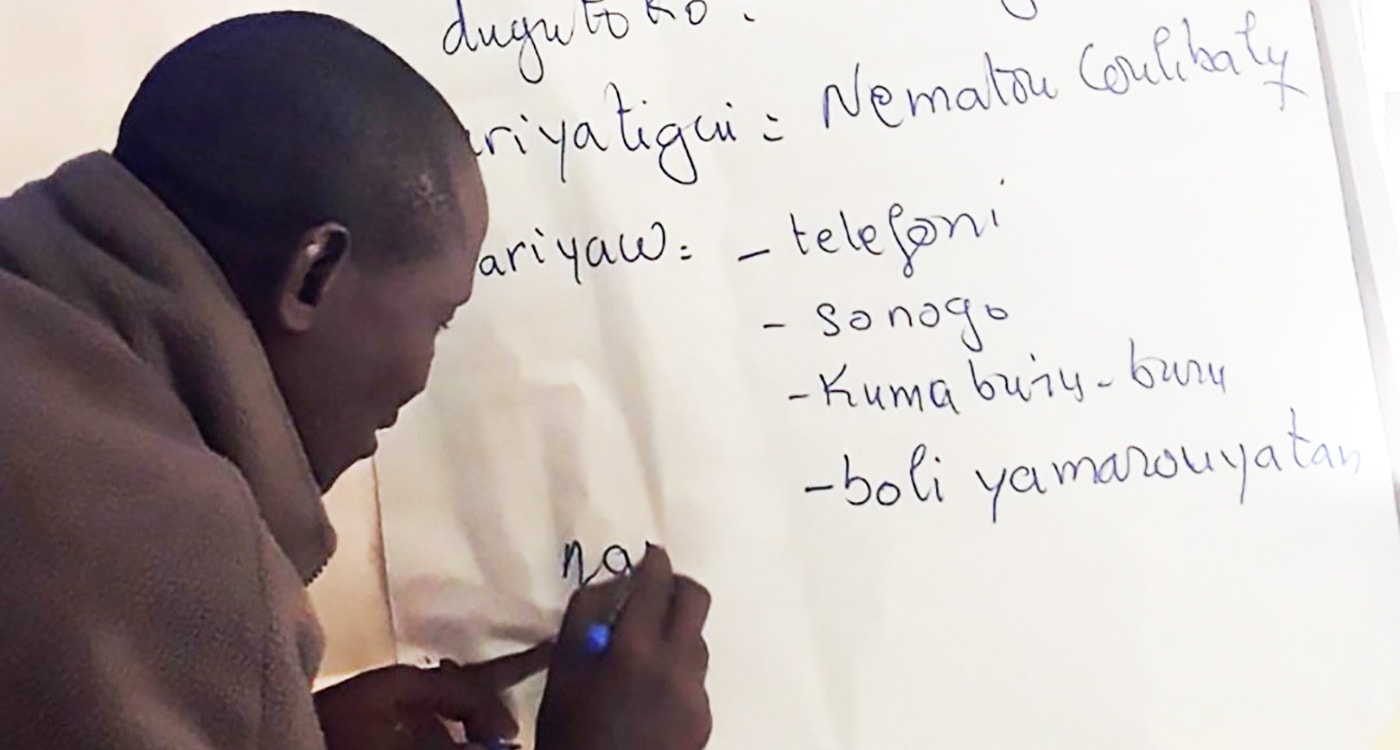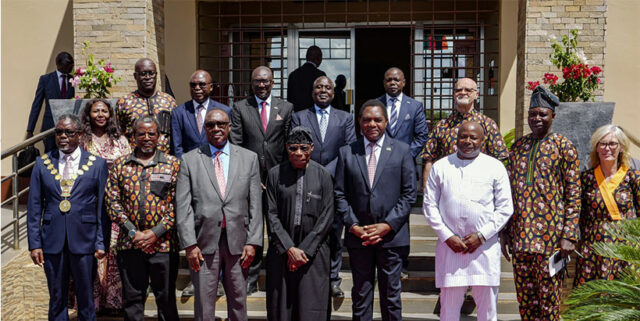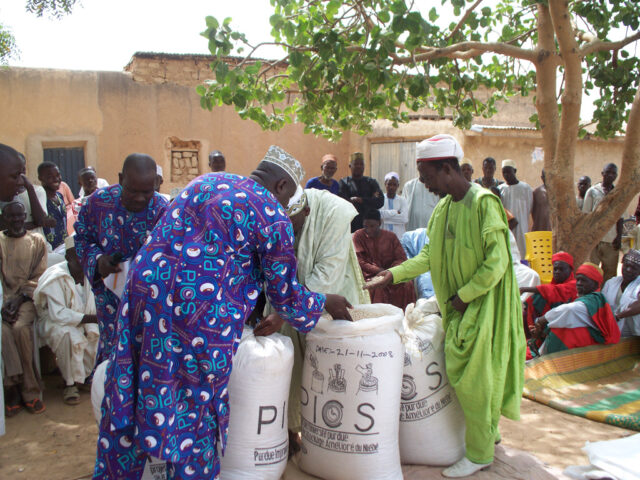
The glaring inequality between men and women farmers in the African agricultural sector is alarming evidence that calls for fair, inclusive and sustainable development. Gender productivity gaps vary across and even within countries, but recent studies suggest that gender gaps are in the range of 10% to 30%.
Gender gap in agricultural productivity means that crop production is lower than its potential. Closing the gender gap in access to production capitals alone has been estimated to have the potential of lifting 100–150 million people out of hunger, thus resulting in benefits that spread far beyond female farmers.
Gender issues in agriculture including access to and control over resources continues to be the underlining factor widening the gap in production between male and female farmers in Africa. Much of the work women do as household providers and agricultural producers is unpaid, making their contribution essentially invisible. Women and female-headed households are disproportionately affected by economic recession and higher food prices and trade policies.



